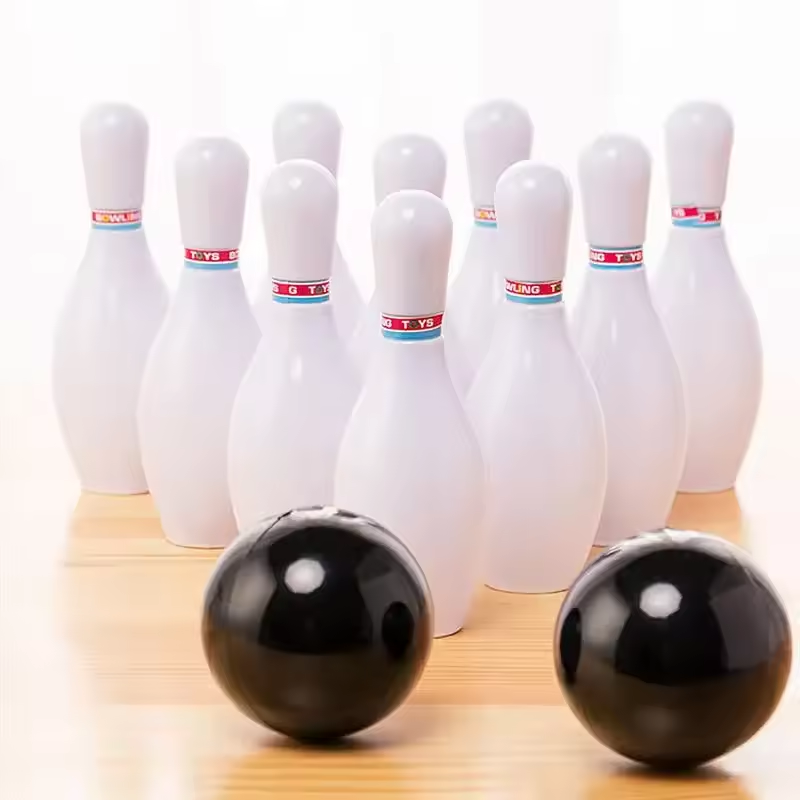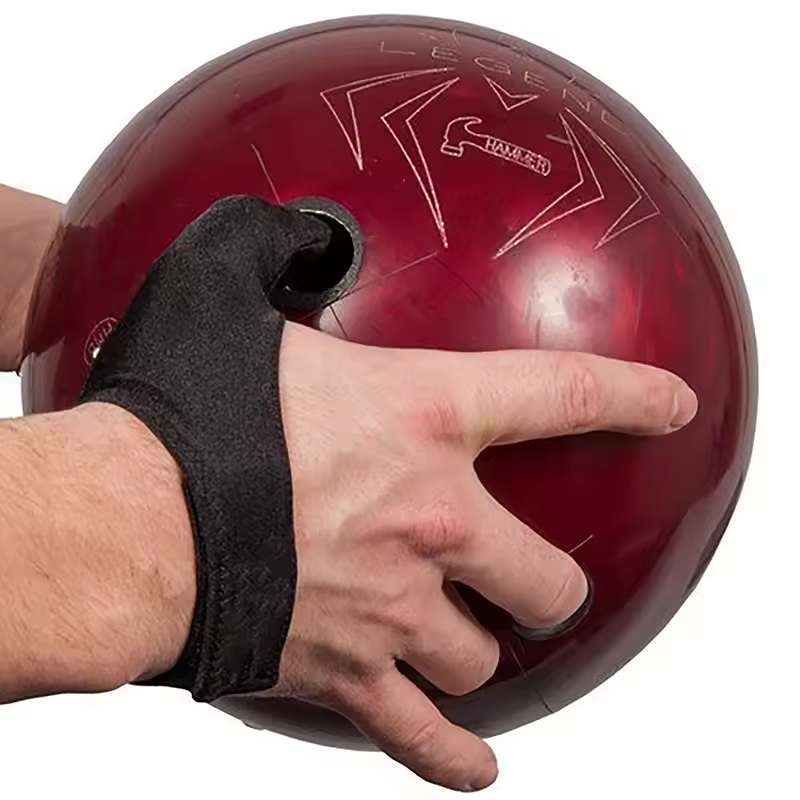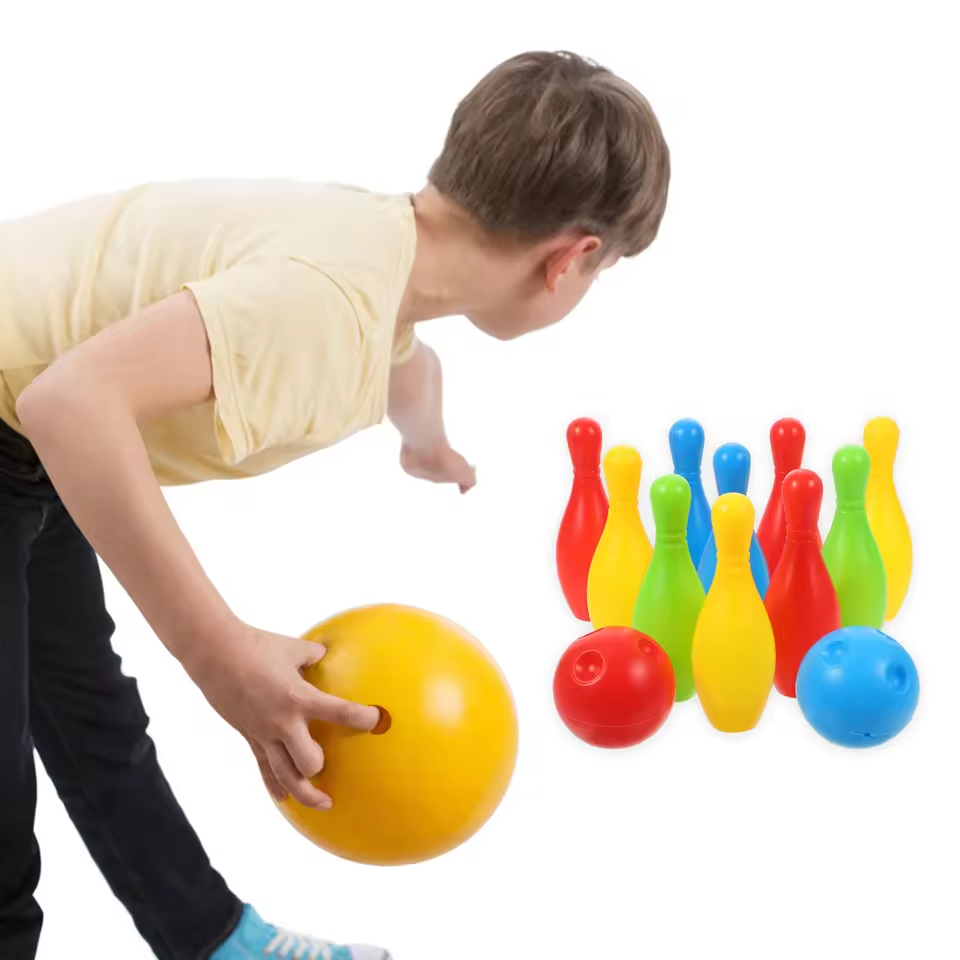Introduction to Bowling: A Sport for All Ages
Bowling is a timeless indoor activity that blends skill, strategy, and fun. With roots dating back to ancient Egypt, modern bowling has evolved into a global pastime enjoyed by millions. Whether you’re a casual player or a competitive bowler, understanding the basics is key to improving your game. This guide covers everything from techniques to equipment selection, helping you bowl like a pro.
Key components of bowling include the ball, lane conditions, and body mechanics. For newcomers, mastering the fundamentals—like grip, stance, and follow-through—can turn a casual hobby into a rewarding skill.
 Bowling Tips for Beginners: Mastering the Basics
Bowling Tips for Beginners: Mastering the Basics
Bowling success hinges on mastering foundational skills. Below is a step-by-step guide to building a solid base:
1: Choosing the Right Ball
- Weight Selection:
- Calculate ball weight using 10% of your body weight (e.g., a 150-lb person uses a 15-lb ball).
- Beginners often start with 10–12 lbs for women and 14–16 lbs for men.
- Grip Sizing:
- Ensure fingers fit snugly in the holes—no gaps.
- Avoid over-tight grips, which reduce control (e.g., thumb should slide out easily).
2: Perfecting Your Stance
- Foot Position:
- Stand with feet shoulder-width apart, knees slightly bent.
- Align your dominant foot (e.g., right foot for right-handed bowlers) with the center arrow on the lane.
- Balance Check:
- Shift weight between feet to avoid leaning forward/backward.
3: The Approach and Release
- 4-Step Approach:
- Step 1: Start with a small step forward.
- Step 2: Extend your non-sliding foot.
- Step 3: Slide into the release zone.
- Step 4: Follow through with your arm fully extended.
- Release Timing:
- Release the ball at waist height, keeping your arm straight.
- Avoid “casting” (releasing too early) or “punching” (releasing too late).
4: Common Mistakes to Avoid
- Overgripping:
- Leads to muscle fatigue and erratic ball paths.
- Solution: Use a relaxed grip with fingers slightly curved.
- Poor Follow-Through:
- Failing to extend the arm reduces accuracy.
- Practice shadow bowling (without a ball) to perfect your form.
- Lane Misalignment:
- Aim for the “target arrow” (second arrow from the center) for beginners.
5: Practice Drills
- Shadow Bowling:
- Simulate your approach without a ball to build muscle memory.
- Pin Spotting:
- Practice aiming at specific pins (e.g., the 1st pin for spares).
 Choosing the Best Bowling Balls: Material and Weight Matters
Choosing the Best Bowling Balls: Material and Weight Matters
The right ball transforms your game. Consider these factors:
- Material Types
- Plastic Balls: Affordable for beginners (15–30). Minimal hook potential.
- Urethane Balls: Better grip on oily lanes; ideal for intermediate players.
- Reactives: High hook potential for advanced bowlers.
- Weight Selection
- Women: 10–12 lbs; Men: 14–16 lbs. Use a ball that allows full extension without strain.
- Custom Drilling
- Professional drilling aligns the ball’s weight block with your natural swing.
- When to Replace Your Ball
- Replace every 2–3 years or if the cover becomes overly scratched.
 Bowling Shoes: The Unsung Heroes of Your Game
Bowling Shoes: The Unsung Heroes of Your Game
Bowling shoes are critical for control and safety. Here’s how to choose and use them effectively:
Material Matters
- Soles:
- Rubber Soles: Ideal for sliding. Brands like Brunswick or Etonic offer durable options.
- Leather Soles: Provide grip during the approach.
- Fit and Comfort:
- Ensure toes have ¼–½ inch of space.
- Avoid shoes that pinch the heel (causes imbalance).
Renting vs. Buying
- Renting:
- Cost-effective for casual players (3–5 per session).
- Risks: Poor hygiene or ill-fitting pairs.
- Buying:
- Invest in a pair for frequent players (40–100).
- Brands like Storm or Vic Braden offer customizable fits.
Maintenance Tips
- Cleaning:
- Wipe soles with a damp cloth after each use.
- Avoid harsh chemicals that damage rubber.
- Storage:
- Store in a cool, dry place to prevent odor buildup.
Advanced Features
- Adjustable Heels:
- Brands like Roto Grip offer heel straps for stability.
- Dual-Color Soles:
- Color-coded soles (e.g., red for sliding) guide proper foot placement.
 Advanced Bowling Strategies: Outsmart the Lane
Advanced Bowling Strategies: Outsmart the Lane
Competitive bowlers use physics and psychology to dominate the game. Here’s how to elevate your game:
Reading Lane Conditions
- Oil Patterns:
- Modern lanes have “front” and “back” oil zones.
- Adjust your release point to target the “dry” areas for better hook potential.
- Tools for Analysis:
- Use apps like Bowling Lane Map to track oil distribution.
Hook Ball Mastery
- Spin Control:
- Apply 10–15° of axis tilt to maximize hook.
- Example: A 16-lb reactive ball with 12° tilt achieves 15+ board hook.
- Target Zones:
- Aim for the 1-3 pocket (right-handed bowlers) for maximum pin carry.
Spare Shooting Techniques
- Split Spares:
- For a 7-10 split, throw a “crank” ball (high rev rate) to knock down the 10-pin.
- Double-pin Spares:
- Use a straight ball for 4-6 or 5-7 spares.
Psychological Tactics
- Mind Games:
- Fake a hook-heavy approach to mislead opponents.
- Stay calm after a missed shot—focus on the next frame.
- Adaptation:
- If lanes dry out, shift your starting position closer to the center.
Technology Integration
- Smart Bowling Balls:
- Balls with embedded sensors (e.g., Track) provide real-time feedback on revolutions and axis tilt.
- Video Analysis:
- Use apps like Bowling Motion to review your form and adjust techniques.
Bowling Alley Locations: Finding the Best Venue
The right alley enhances your experience. Here’s how to choose:
- Facility Quality
- Check for well-maintained lanes, clean facilities, and friendly staff.
- Leagues and Events
- Alleys offering weekly leagues (e.g., “Friday Night Frenzy”) build community.
- Rentals and Pricing
- Compare prices for bowling shoes rental and lane bookings.
- Family-Friendly Options
- Some alleys offer arcade games or dining for a full entertainment package.
 Health and Safety in Bowling
Health and Safety in Bowling
While bowling is a low-impact sport, neglecting safety can lead to injuries or long-term strain. Below are actionable strategies to ensure a healthy, injury-free bowling experience:
1. Pre-Bowling Warm-Up: Essential for Injury Prevention
Skipping warm-ups is a common mistake. Follow this 10-minute routine to prepare your body:
- Shoulder Rotations:
- Rotate shoulders forward and backward for 30 seconds each. Reduces rotator cuff strain.
- Wrist Flexions:
- Hold a light ball (2–5 lbs) and perform wrist curls to strengthen grip muscles.
- Leg Stretches:
- Hamstring stretches (e.g., touching toes) improve flexibility for sliding.
- Core Activation:
- Plank holds (30 seconds) stabilize your midsection during the approach.
2. Proper Technique to Avoid Strain
Poor form leads to 60% of bowling injuries (USBC, 2022). Key adjustments:
- Posture:
- Keep knees slightly bent and back straight to avoid lumbar strain.
- Arm Swing:
- Use a relaxed, pendulum-like motion—avoid “muscling” the ball.
- Follow-Through:
- Extend your arm fully to prevent wrist hyperextension.
3. Eye Protection: Shield Against Flying Objects
Bowling lanes pose risks from flying pins and balls. Consider these options:
- Safety Glasses:
- Polycarbonate lenses (e.g., Oakley Bowling Glasses) block 99.9% of debris.
- Face Masks:
- Lightweight options like Bowling Mask Pro protect the face during collisions.
- When to Wear:
- Mandatory during crowded alleys or high-speed throws.
4. Hydration and Nutrition: Fuel Your Game
- Hydration:
- Drink 16 oz of water before bowling and 8 oz every 30 minutes.
- Snack Smart:
- Opt for bananas (potassium for muscle function) or energy bars before games.
- Avoid Alcohol:
- Even moderate drinking reduces balance and coordination.
Bowling as a Business: Opportunities in the Industry
For entrepreneurs, bowling offers lucrative ventures like selling bowling balls or alley management. Key insights:
- Equipment Retail
- Sell high-end balls (e.g., Ebonite or Storm) to competitive players.
- League Management
- Organize corporate or recreational leagues to boost repeat customers.
- Franchise Opportunities
- Brands like AMF or Brunswick offer franchise models for aspiring owners.
- Digital Marketing
- Use social media to promote events and attract younger audiences.
Conclusion
Bowling is more than a game—it’s a skill, a community, and a business opportunity. By mastering techniques, selecting the right gear, and choosing the perfect venue, you can elevate your game to new heights. Whether you’re a casual player or a budding pro, the lanes await your next strike.